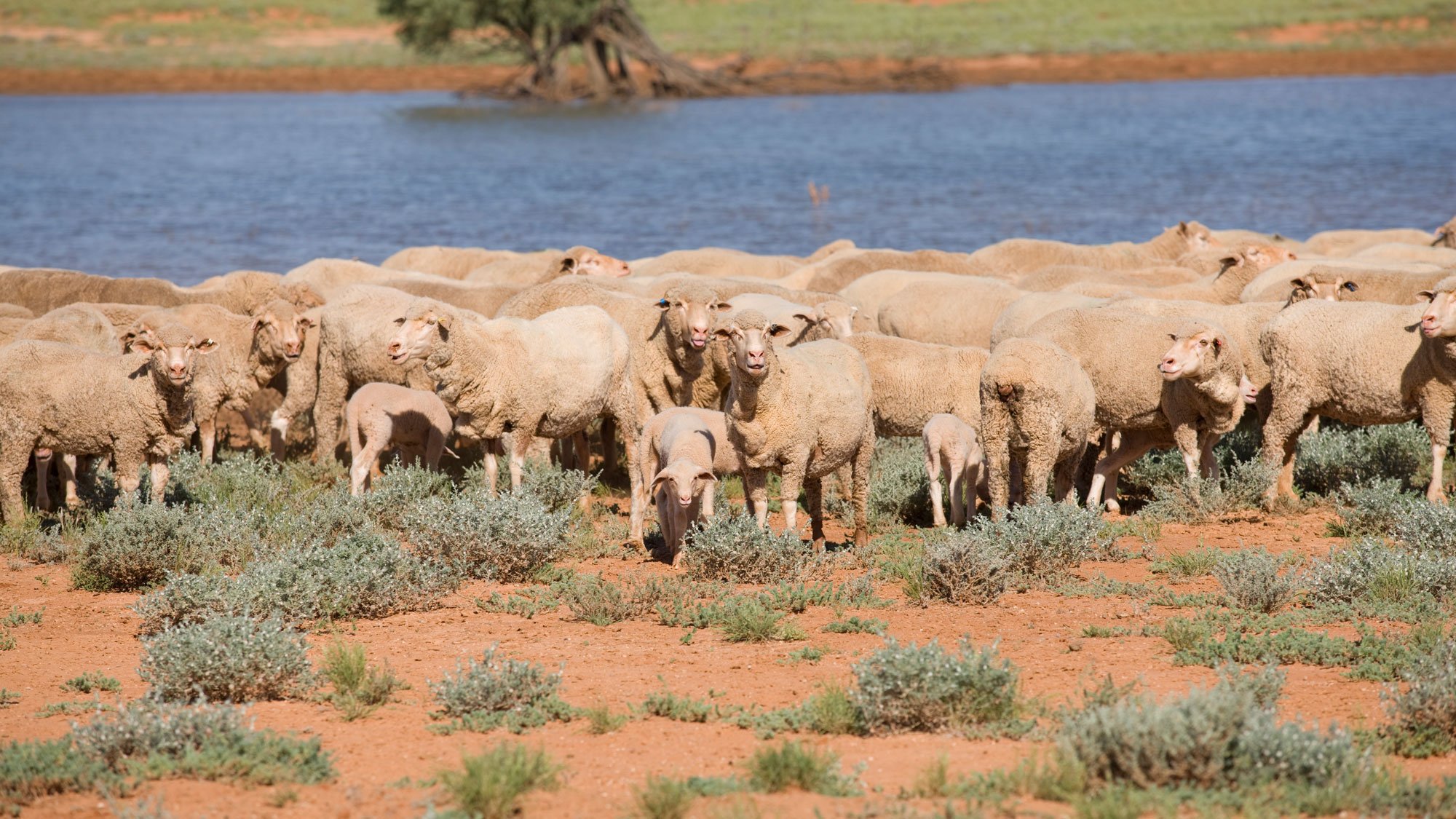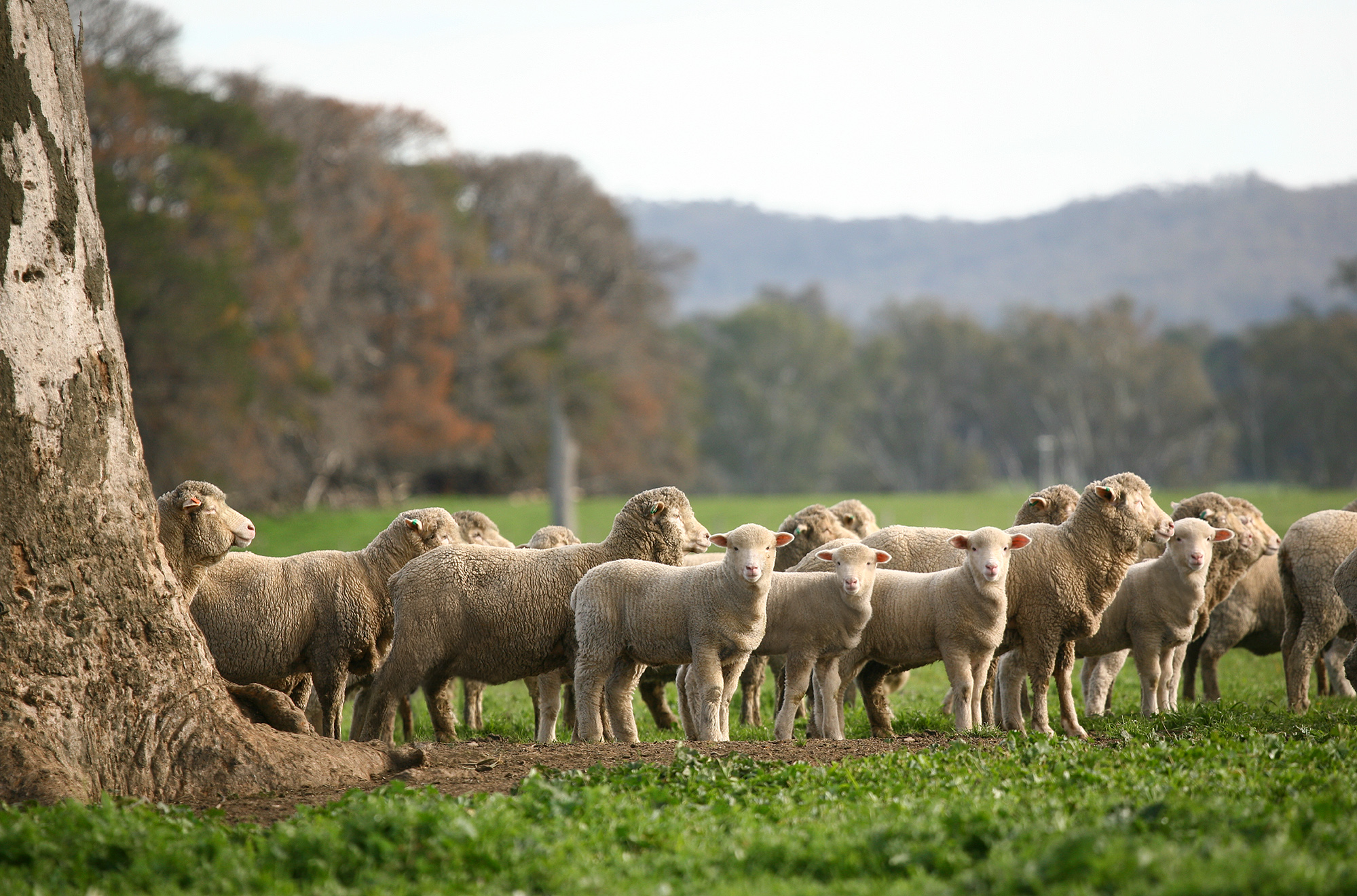Tool 12.20 Invasive native scrub control – establish a plan of management
Tool 12.20 Invasive native scrub control
In addition to reducing the overall productivity of the system and carrying capacity, woody weeds also:
- Impede livestock management activities in paddocks;
- Reduce habitat diversity;
- Can result in significant reductions in land values; and
- Lead to a reduction in perennial groundcover and increase soil erosion risk.
It is therefore important to consider management and control options in a coordinated and more formal way. There are a number of management options that can be considered individually or as a combined approach to reduce woody weed numbers:
- Mechanical options: chaining, ripping, blade ploughing or grubbing.
- Management burns: the age of the plants has an important effect on the level of control achieved, as older plants are more tolerant to fire. The density of plants will also affect the kill rate; there needs to be sufficient fuel to provide an adequate burn. Autumn burning is generally the safest time and shrubs are susceptible to defoliation at this time
- Chemical control: particularly for the regrowth following other broad-scale treatments.
- Grazing with goats: as they generally consume a higher proportion of browse in their diet than other grazing stock. The approach needs to be strategic and well planned to avoid over utilisation of pastures and low ground cover levels.
Incorporate your plan into your yearly operational plan so that you are making progress every year, and remaining vigilant after control efforts.
After control measures have been applied, it is important that follow-up control options are planned and implemented, including grubbing and spot spraying. It is also important that grazing management allows the germination and establishment of preferred grazing species. In some cases this will require the harvest of local seed and the reintroduction of native pasture species. The management of total grazing pressure (i.e. control of all grazing animals – domesticated and non-domesticated) will be required if successful re-establishment is to occur.
Remember to consider relevant regulations when considering a program of control measures of invasive native scrub. Contact your relevant authority for the latest information.
When establishing a weed inventory and plan of management follow the steps below:
- Identify the weed.
- Identify where it is located on the property, what area is covered by the weed, how many plants, patches, etc. Do this annually. This will help you maintain a clear perspective of its spread.
- Identify any factors important for its distribution, e.g., how it arrived there, what soil type it is growing on, first sighting.
- Identify impacts of the weed to your business, e.g., wool contamination, carcase contamination, poisonous, invasive.
- Identify potential control measures in the following table.
- Record what measures have been taken to control the weed and how well they have worked.
| Weed | Control measure | Cost per ha | Efficacy of measure | Priority of measure | Date measure undertaken | Results of measure |
| African boxthorn | Spot spraying | $XXX | High | High | October 2024 | 80% kill |
| African boxthorn | Spot spraying | $XXX | High | High | January 2025 | Remainder killed |







